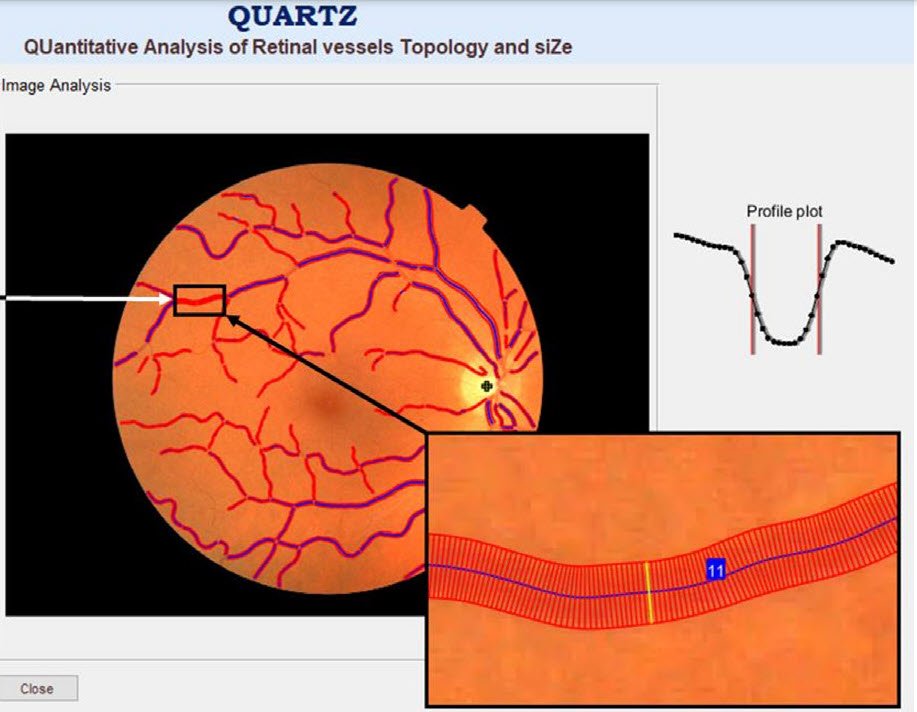A tool artificialς νοημοσύνης που σαρώνει τα μάτια μπορεί να προβλέψει με ακρίβεια τον κίνδυνο καρδιακής νόσου ενός ατόμου σε λιγότερο από ένα λεπτό, αναφέρουν οι ερευνητές.
The researchers developed a fully automated AI-enabled tool, Quartz, to assess the potential of retinal vessel imaging – plus known risk factors – to predict vascular healths. 
They used the tool to scan images from 88.052 UK Biobank participants aged 40 to 69. The researchers specifically looked at the width, vessel area, and degree of curvature of arteries and veins in the retina to develop predictive models for stroke, heart attack, and death from circulatory disease.
They then applied the models to retinal images of 7.411 participants, aged 48 to 92, of the European Cancer Research Community (Epic)-Norfolk. Quartz's performance was compared to the widely used Framingham risk score framework.
Everyone's health was followed for an average of seven to nine years. In men, the width, curvature, and width variation of veins and arteries in their retinas were found to be significant predictors of death from circulatory disease.
In women, artery area and width, vein curvature, and width variation also contributed to predicting risk. The AI tool leveraged data from participants, such as smoking history, λήψη medicines to treat high blood pressure and previous heart attacks.
The researchers found that retinal data calculated by Quartz was significantly associated with cardiovascular disease, death and stroke.
Their findings were published in British Journal of Ophthalmology.





